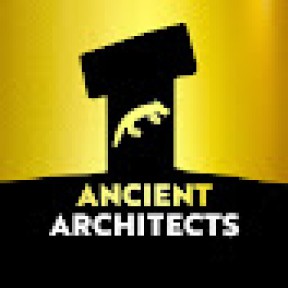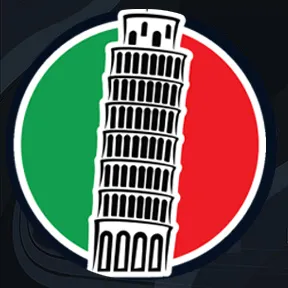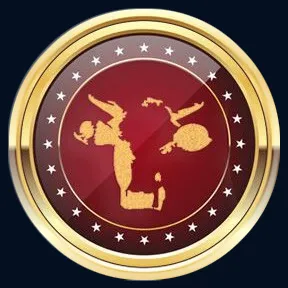14,300-Year-Old Pre-Younger Dryas Major Settlement
The Natufian Culture occupies a special place in the evolution of human societies in the Near East. This culture occupied the Levant from 15,000 to 11,500 years ago and covered a wide area, living in seasonal camps, sedentary and semi-sedentary settlements.
These are the people that started agricultural practices; they made bread and brewed beer. They created organised settlements, built structures from stone and wood, made intricate art and figurines and used flint, chert, basalt and bone to made effective tools.
In this video I’m going to shed further light on this culture, and showcase one incredible Natufian settlement in particular. I’ll give you an overview of what archaeologists have found at the 14,300-year-old settlement called Ain Mahalla, or Eynan, which is found in Upper Galilee on the shores of Lake Hula.
00:00 - Who were The Natufians?
04:06 - The Natufian Settlement of Ain Mallaha
05:17 - Natufian Architecture and Burials
08:57 - The Artefacts from Ain Mallaha
11:04 - The Diets of the Natufians
11:45 - The Significance of Ain Mallaha
12:32 - The 23,000-Year-Old Ohalo II Settlement
13:52 - Concluding Remarks
























